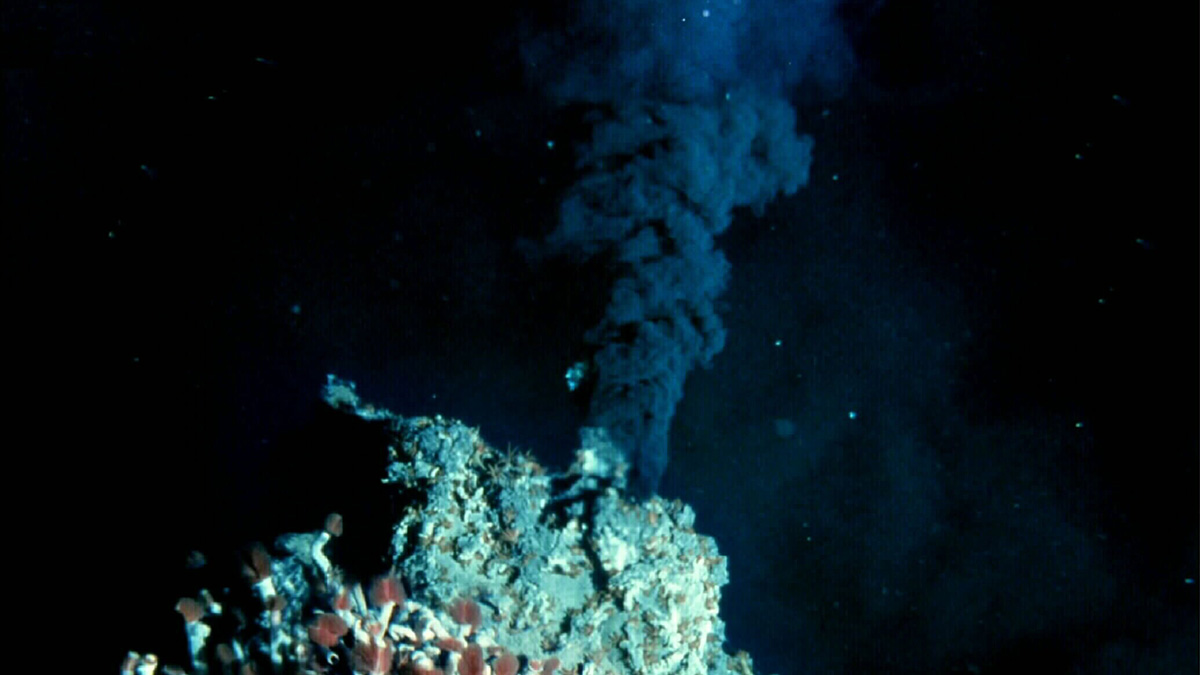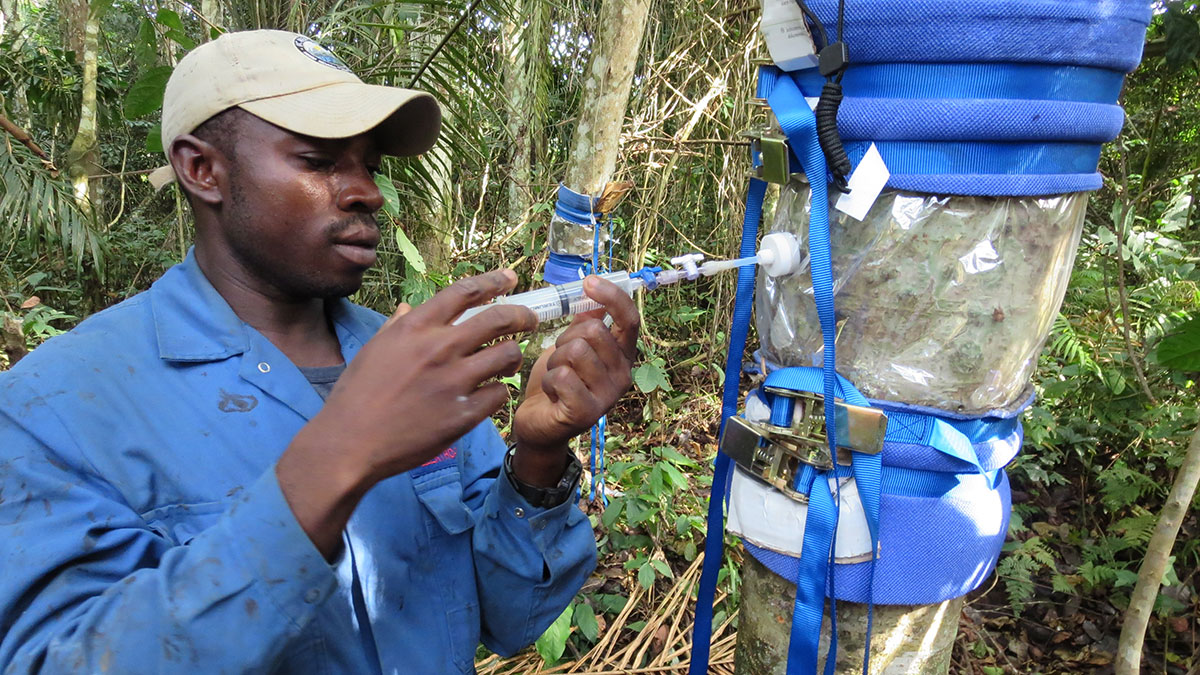Data from deep wells and a Bayesian modeling framework shed new light on one of Iceland’s valuable geothermal reservoirs.
Aaron Sidder
Aaron Sidder is a freelance writer based out of Denver, Colo. He has a master’s degree in ecology from Colorado State University. Aaron was an AGU-sponsored AAAS Mass Media Science & Engineering Fellow at National Geographic in 2016, and he has been writing for Eos ever since. In addition to Eos and National Geographic, he has written for National Geographic Kids Magazine, Smithosonian Smart News, 5280 Magazine, and the Santa Fe Institute. In his free time, he cultivates an extensive—and growing—collection of field guides from around the country.
A Fresh View of Microbial Life in Yellowstone’s Hot Springs
Research on the habitat ranges of microorganisms in Yellowstone’s hot springs reveals an overlap between cyanobacteria and algae.
Exploration and Evaluation of Deep-Sea Mining Sites
Two studies chart new territory for the fledgling deep-sea mining industry through advances in the identification and analysis of seafloor hydrothermal mounds.
Radiometric Dating Sheds Light on Tectonic Debate
The emplacement of the Samail Ophiolite in Oman has been a source of disagreement among geologists. New state-of-the-art research offers a fresh perspective on its timing and geometry.
The AI Forecaster: Machine Learning Takes On Weather Prediction
A novel approach to weather forecasting uses convolutional neural networks to generate exceptionally fast global forecasts based on past weather data.
The Perspective from Space Unlocks the Amazon Water Cycle
Satellite imaging and remote sensing offer unique insights into the Amazon’s complex hydrology. A new review summarizes decades of findings and charts a path forward for new remote sensing missions.
Tubos de lava terrestres podrían ofrecer información sobre la vida extraterrestre
Una nueva investigación encuentra que Actinobacteria en cuevas de lava fijan carbón y sobreviven independientemente de aportes superficiales, ofreciendo una nueva perspectiva en la investigación de la vida fuera de la Tierra.
New Theory Connects Tree Uprooting and Sediment Movement
Tree throw from extreme wind events plays an important role in the movement of sediment and erosion on forested hillslopes. A new theory offers a novel way to measure its impact.
Exploring Methane Emissions from Africa’s Tropical Forests
Global methane budgets suffer from a lack of field studies in African forests, but new research sheds light on methane emissions and uptake from upland forests in the Congo Basin.
An Eye in the Sky Tracks Air Pollution Inequality in U.S. Cities
A new study uses its data to show that diesel traffic is the largest source of pollution inequality across racial and economic divides










